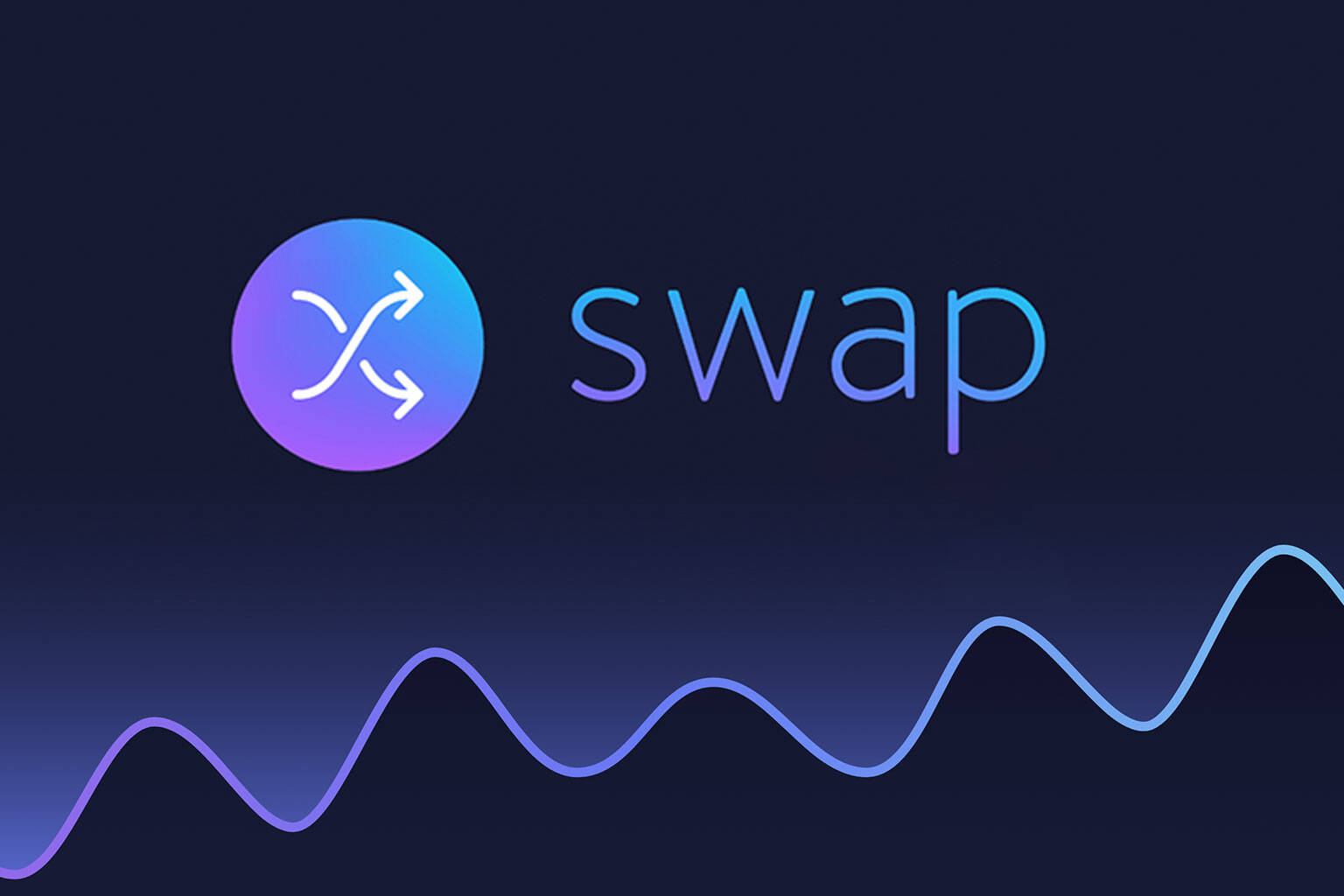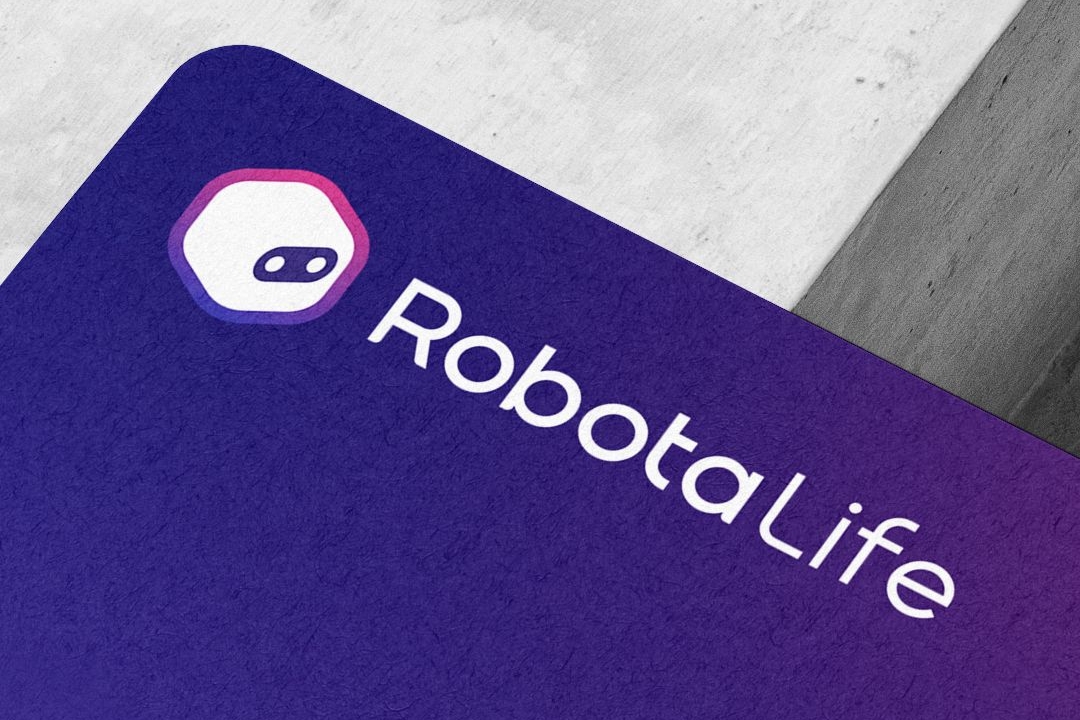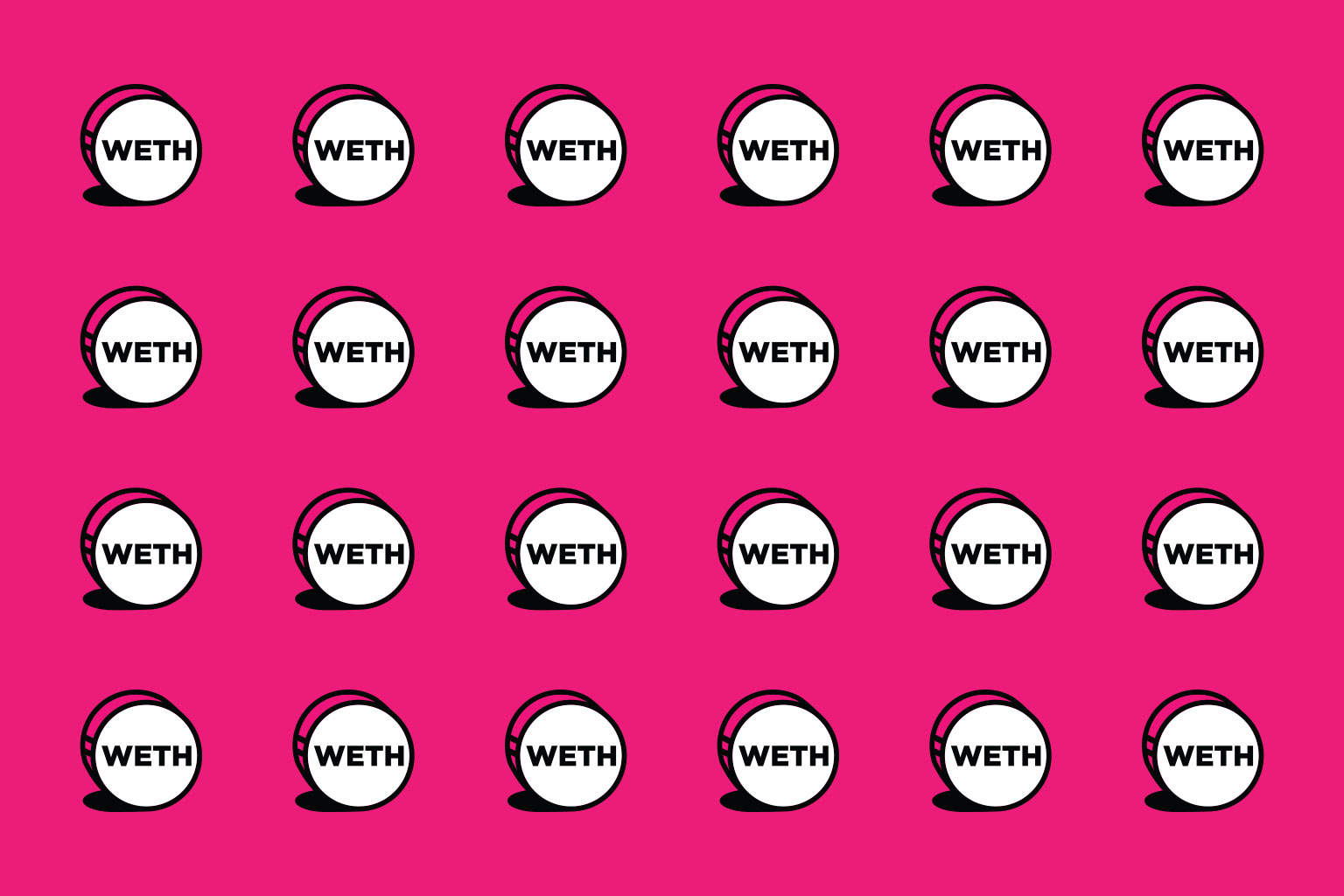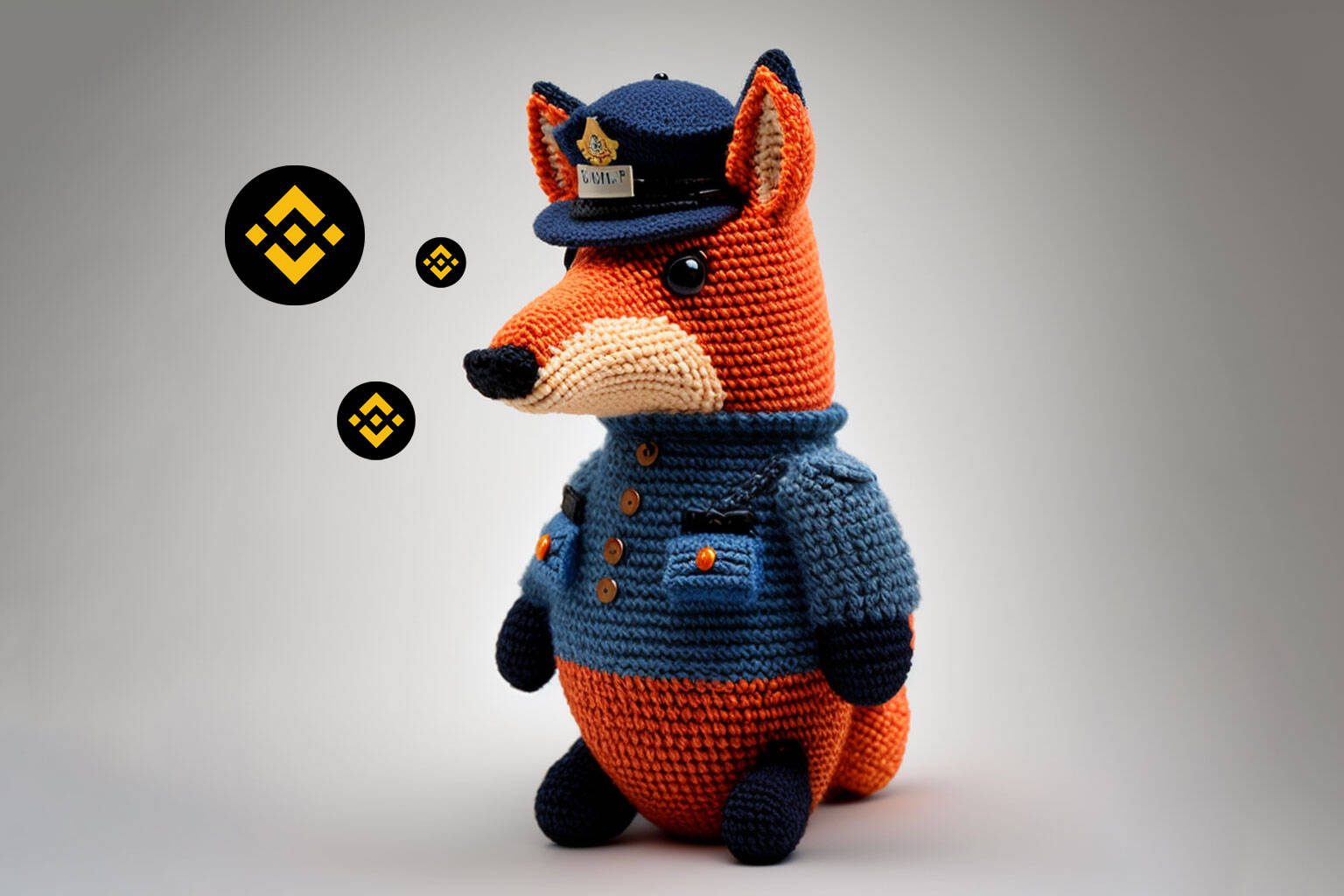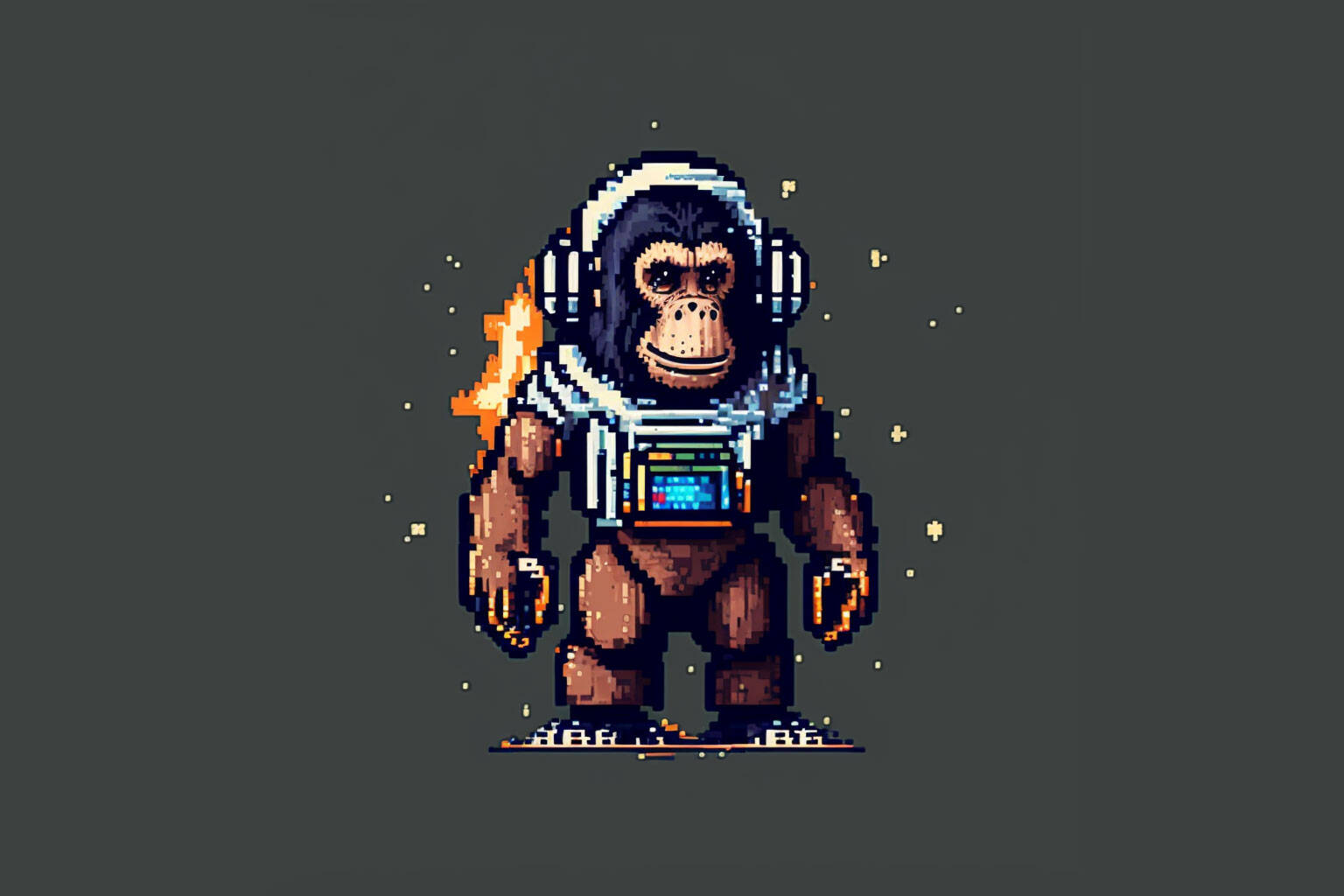What is NFT?
NFT stands for a non-fungible token, a unique digital asset that represents ownership of a digital item such as an image, video, music, or other forms of digital media. Unlike traditional digital assets, NFTs cannot be exchanged for an identical item, making them one-of-a-kind.
These tokens are stored on a blockchain, providing a secure and transparent way to prove ownership and provenance. From digital art to collectible items, NFTs are revolutionizing how we think about digital ownership and value. Join the NFT revolution today and take control of your digital assets.
How does NFT differ from traditional digital assets?
Ownership
Traditional digital assets such as JPEGs, MP3s, and PDFs can be copied and distributed endlessly, making it difficult to prove ownership of a specific digital item. An NFT, on the other hand, is a unique digital asset that represents ownership of a specific digital item stored on a blockchain, providing a secure and transparent way to prove ownership and provenance.
Interchangeability
Traditional digital assets are interchangeable and identical copies can be made without any loss of value. An NFT, on the other hand, is non-fungible, meaning that it cannot be exchanged for an identical item; each is unique and has different values.
Value: Traditional digital assets have no intrinsic value; they can be easily replicated and distributed, making it difficult to assign value to them. NFTs, on the other hand, have value because they represent ownership of a unique digital item, and their value can be determined by market demand.
Utility
Traditional digital assets are primarily used for their functional value; for example, an mp3 file can be used to listen to music, an image for visual representation, an NFT’s primary use is to prove ownership and authenticity, the digital item it represents can have functional value but that not the primary purpose of the NFT.
Blockchain-based
NFTs are stored on the blockchain, which provides a decentralized, tamper-proof, and transparent way to verify the authenticity and provenance of the NFT. Traditional digital assets are usually stored in centralized servers, making them more vulnerable to hacking, tampering, and loss.
How do NFT games work?
Experience the future of gaming with NFT games. The buzz around NFTs in the crypto and blockchain space has created a new way to play and earn. From the early days of CryptoKitties, play-to-earn models have evolved to allow players to earn income through gaming.
This new space, known as Game-Fi, integrates finance with the gaming industry. With NFT games, players can earn in multiple ways; beyond traditional models of winning or breeding rare collectibles, they can experiment with the famous “Play-to-Earn” prototype.
Experience the future of gaming with NFT games. Unlike traditional virtual collectibles, NFT games actively incorporate NFTs into the gameplay. Unique characters and avatars, and virtual items, like weapons, can all be NFTs. Players can actively trade or swap these NFTs with others to earn profits.
The play-to-earn model in NFT games offers players a new way to earn from the game. NFT games are built with smart contracts, implementing rules and conditions for a unique gaming experience.
Play-to-earn NFT games are relatively new, but they have gained traction in the gaming and blockchain communities. The idea behind play-to-earn NFT games is that players can earn real-world value from in-game items and assets, such as NFTs, by playing the game. This contrasts traditional free-to-play games, where players can spend real money to buy in-game items and currency but cannot earn real-world value from them.
The concept of play-to-earn is successful in some cases. For example, in the blockchain-based game Axie Infinity, players can earn cryptocurrency by breeding, training, and battling digital creatures called Axies. Similarly, in the blockchain-based game Sorare, players can earn money by collecting and trading unique digital soccer player cards.
However, it’s important to note that not all NFT games can sustain this economy. Not all players can earn real-world value from their in-game assets, much like any other activities involving earning money. The success of play-to-earn NFT games depends on the game’s design, popularity, and demand for in-game assets. As technology and the market evolves, we may see more examples of successful play-to-earn NFT games.
Popular NFT games 2023
1. Axie Infinity
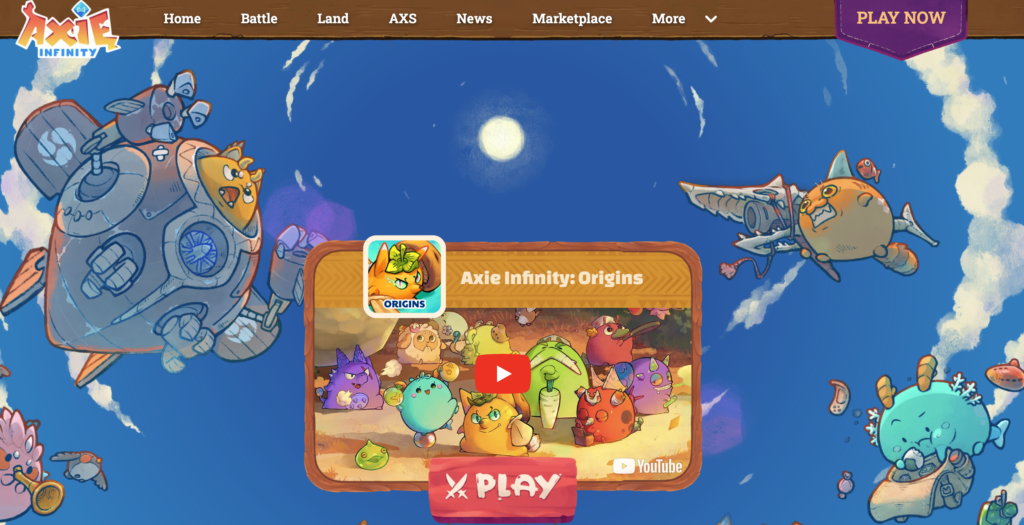
Discover the world of NFT gaming with Axie Infinity, one of the top NFT games with 2.8 million daily active players. Axie Infinity allows you to earn real-world value by playing. With its play-to-earn model, you can earn AXS tokens by playing and participating in the platform’s governance.
Begin by buying three digital pets called Axies and raising them to create generations of these creatures. Each Axie leaves its genetic imprint on its descendants, passing down its characteristics, strengths, and weaknesses. To maximize your earning potential, aim to create a rare breed of Axies with unique traits and then sell them on the Ethereum NFT marketplaces where they can be traded.
According to the Axie Infinity website, the most expensive Axie ever sold was for $820,000. The platform has also recorded $3.6 billion in transactions in its in-house marketplace. Join the NFT revolution and start earning by playing with Axie Infinity.
2. Alien Worlds
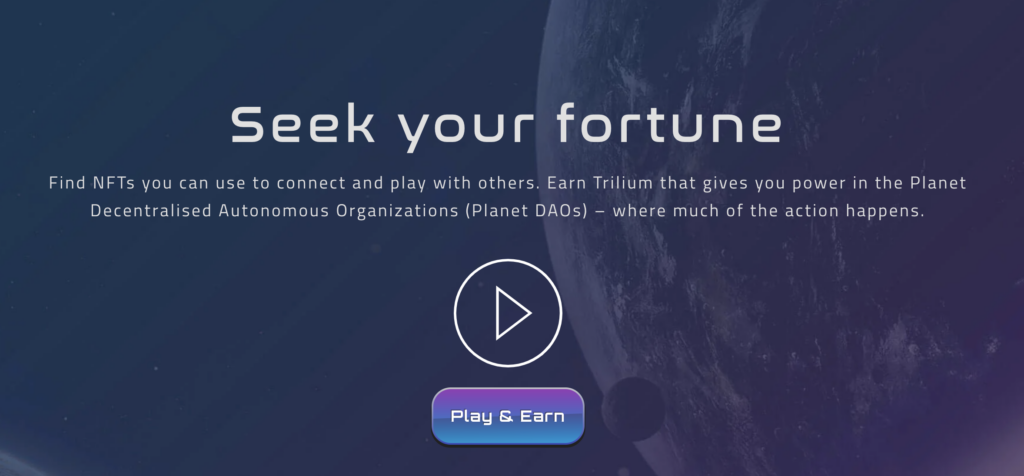
Another popular NFT game, Alien Worlds, boasts over 1.1 million active users. Players earn TLM by participating in the Planet Decentralized Autonomous Organizations or Planet DAOs and accessing additional gameplay. The game simulates economic competition, encouraging players to run for the planetary council or participate in council candidate elections.
In the NFT Metaverse, players actively discover NFTs through missions, which can be used for mining TLM or battles and missions. NFTs have varying levels of rarity and shininess, determining their value in the game. Join the adventure and earn Trilium today in Alien Worlds.
3. Gods Unchained
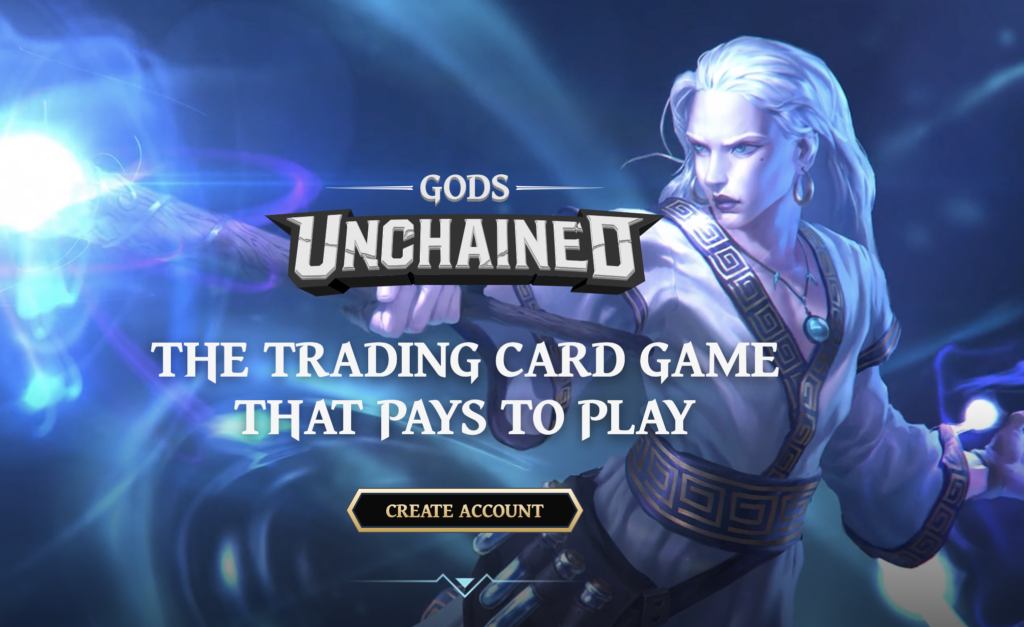
Unlock the world of NFT trading card games with Gods Unchained. Play-to-earn model and free-to-play, this game give players complete ownership over their in-game items. Sell, trade, or use your cards as you wish. New players receive 140 free cards to build their collection and understand the game mechanics.
Dive into a world of unique powers and rarity with each card. Categorized by tribe, mana cost, god, and set, players can collect cards by buying from other players or winning PVP matches. Build your deck to combat different tactics and outsmart opponents.
Experience the thrill of PVP matches, where the objective is to reduce your opponent’s life to zero. Every win earns you experience points, and once the bar is filled up, you’ll receive a new pack of cards and advance to the next level. Take control of your collection and strategy with God’s Unchained.
4. The Sandbox
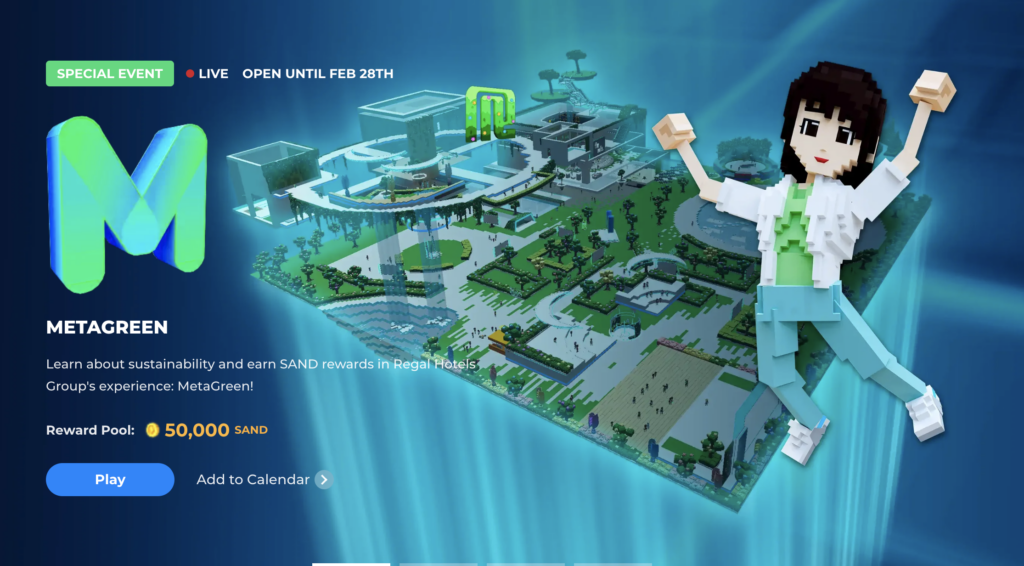
Create, animate, and monetize your own digital world with The Sandbox. This community-driven NFT platform, similar to Minecraft, allows users to design and upload their own voxel assets as NFTs on the marketplace. These NFTs are then integrated into games created within the platform.
The Sandbox empowers players and creators to earn rewards by playing games and monetizing the games they create. Using the platform’s utility token, SAND, players can buy in-game items and even purchase a piece of digital real estate called LAND in the Sandbox metaverse to build and populate with games and assets to create unique experiences. With 166,464 LANDs available, The Sandbox metaverse offers endless possibilities for hosting games, building housing, and developing multiplayer experiences.
5. Splinterlands
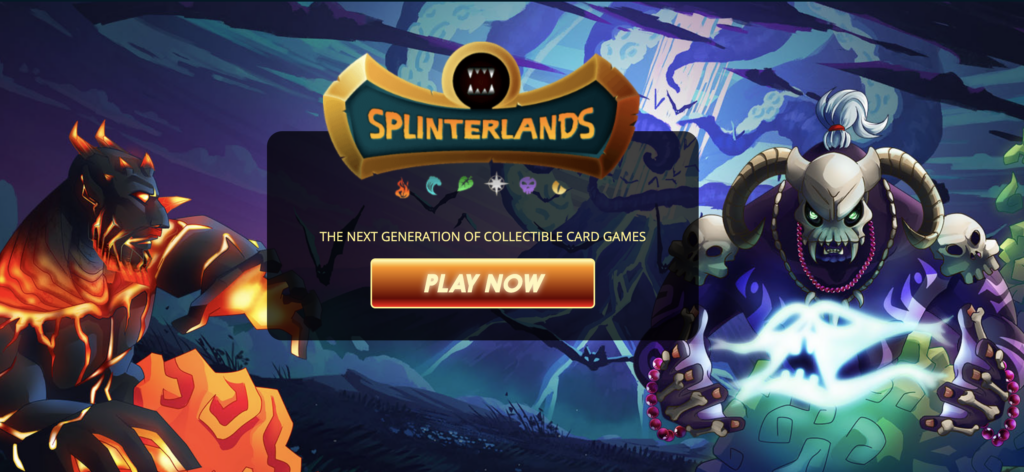
Unleash your gaming potential with Splinterlands, the NFT card game where you earn as you play. Like Gods Unchained, players must buy their card pack to start playing. Each card boasts unique stats, mana cost, level, experience, ability, and Splinter/rarity. You’ll find cards that restore health deal double damage, reduce speed, and more.
Take control of your cards by trading them with anyone or renting them out to other players—mix and match cards to gain levels or even convert them to crypto. Splinterlands cards are also compatible with third-party marketplace platforms such as Monster Market, PeakMonsters, and Open Sea so that you can sell on multiple platforms.
Join tournaments and ranked play to win rewards such as magic potions, card packs, collectible cards, and Dark Energy Crystals. These crystals serve as digital currency that can be traded or used to make purchases in the shop. Alternatively, go on quests to earn these rewards and dominate the Splinterlands world.
Be the first to try
Join our mailing list for early access to our service
Related Posts
February 14, 2023
Safesun coin
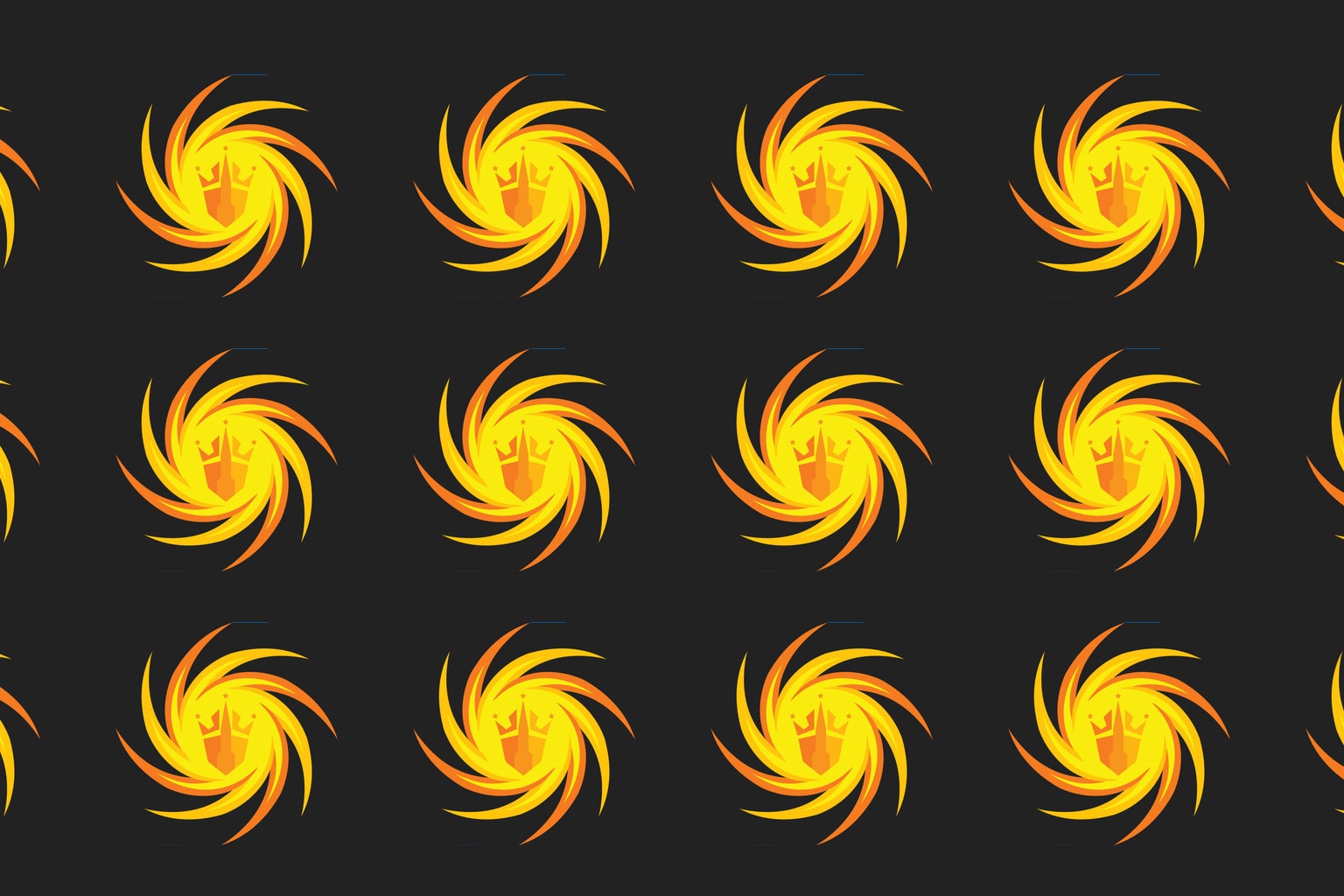
February 12, 2023
$loomi to USDT
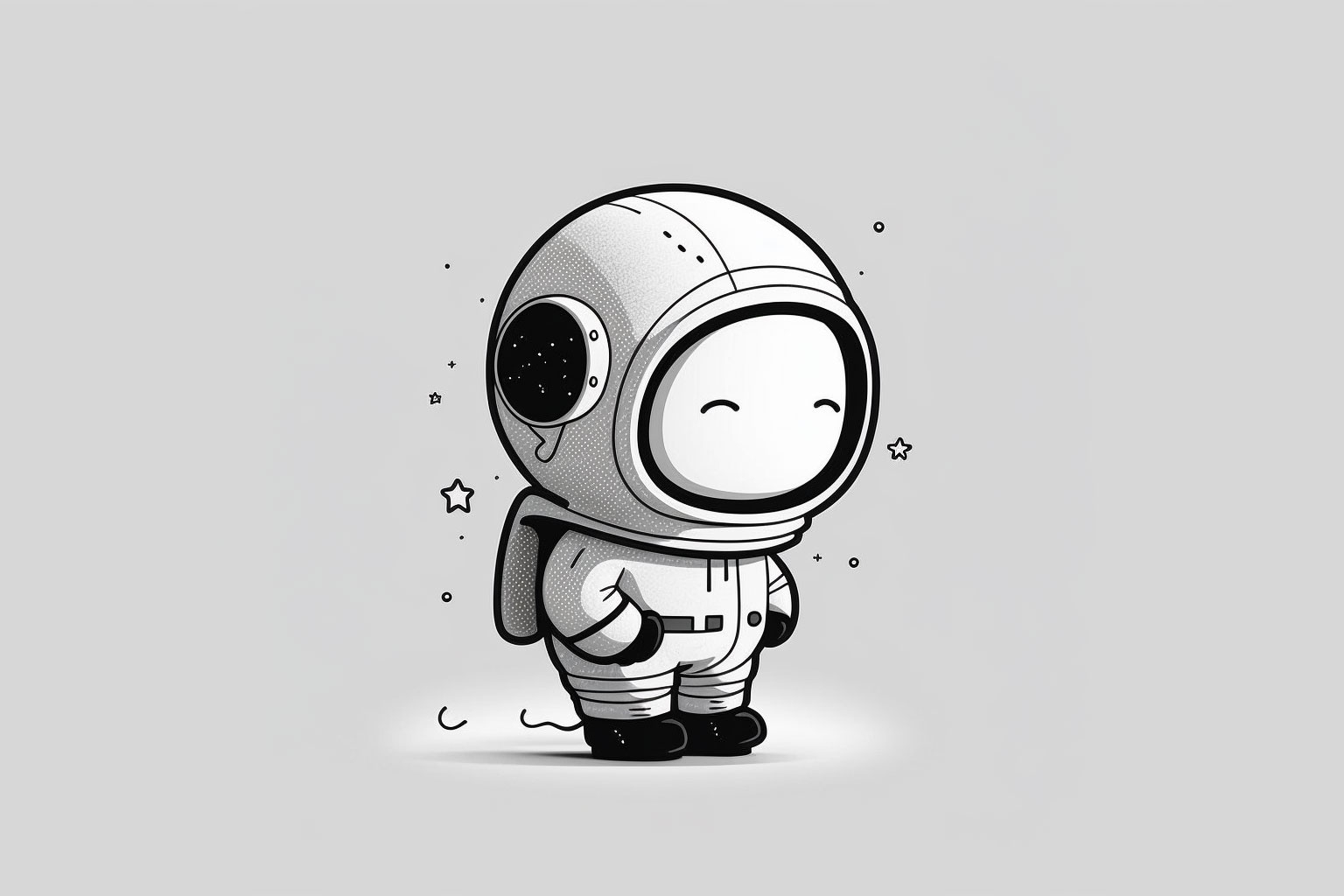
February 8, 2023
XWP Price
